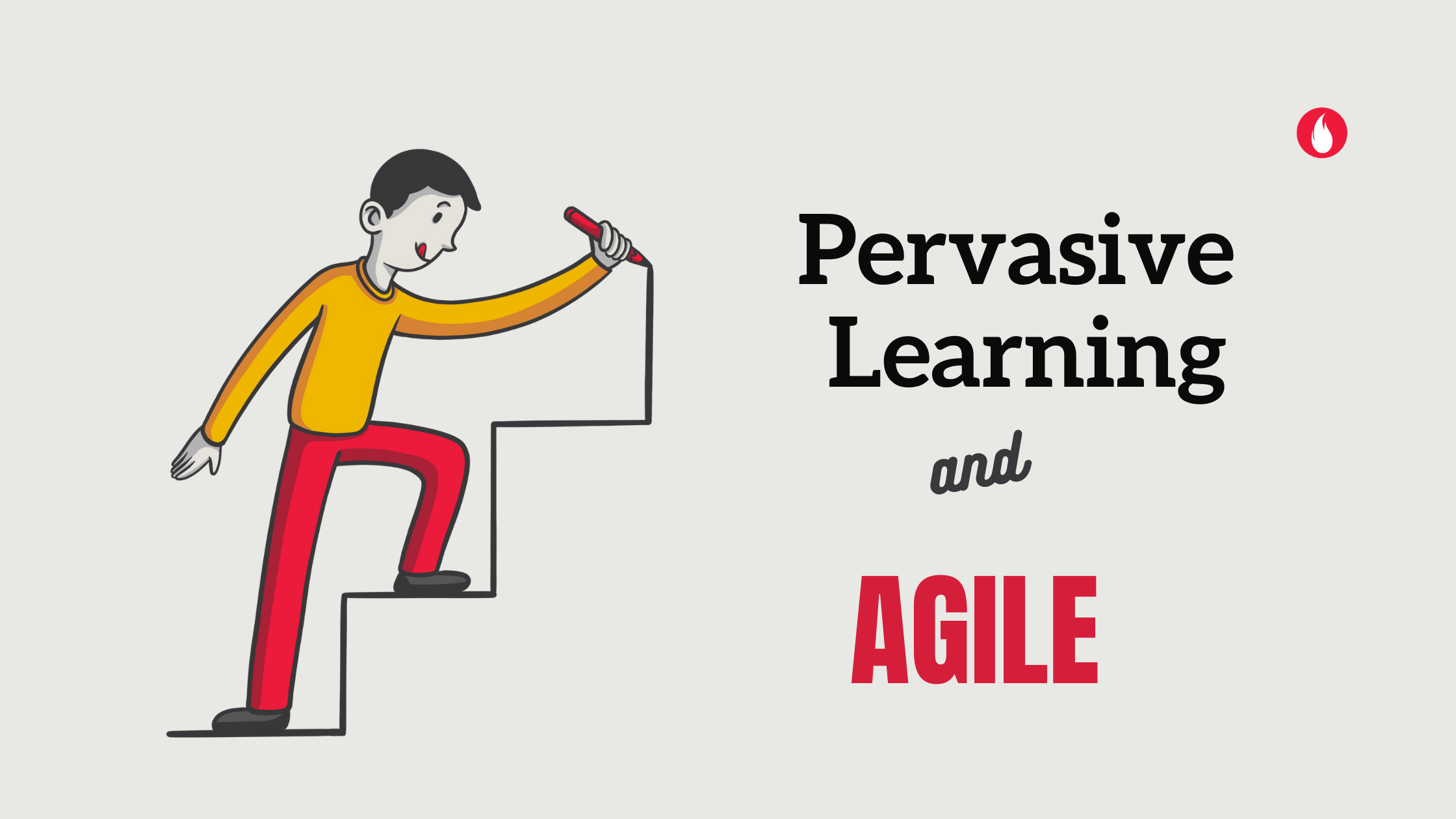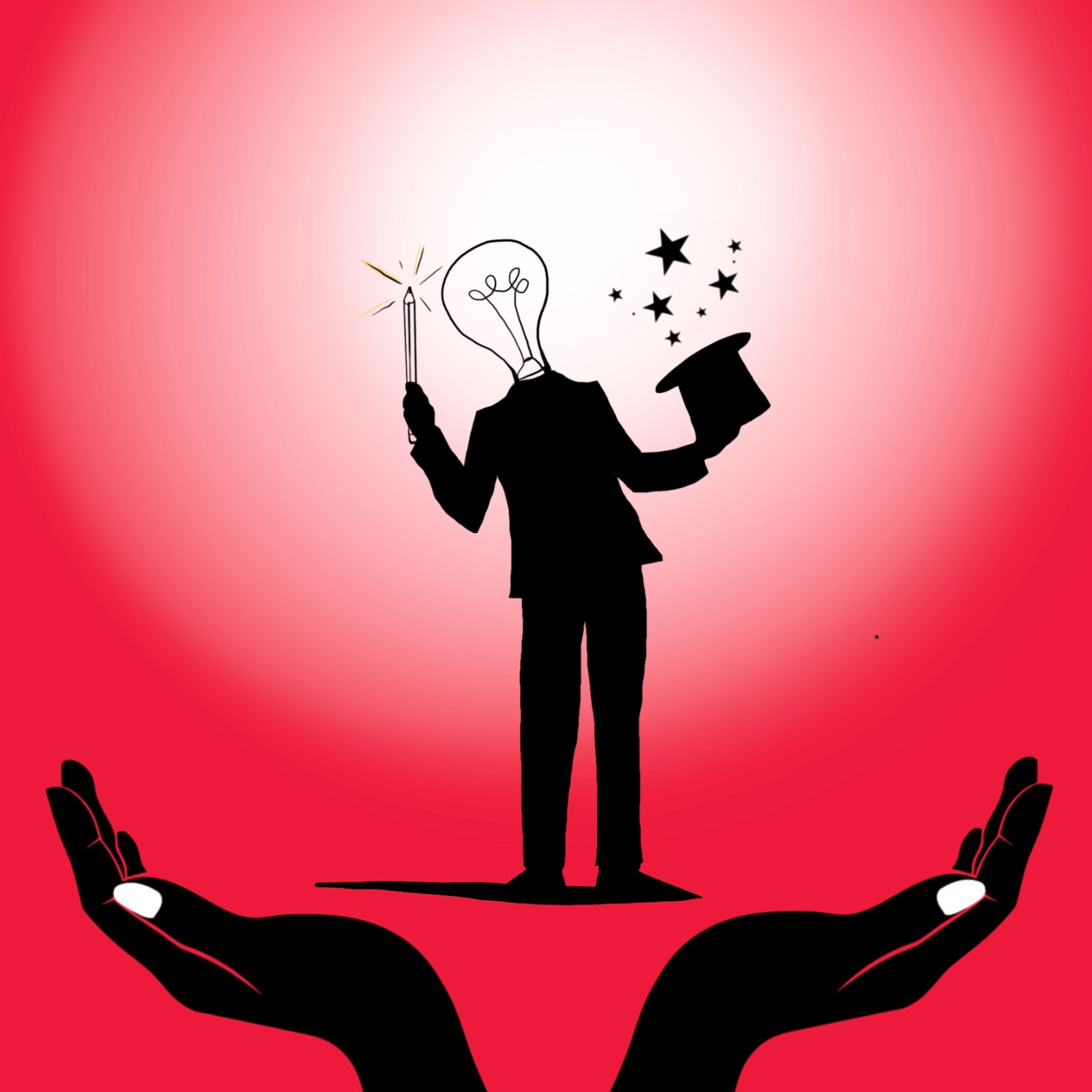When a business leader approached us seeking help to build ownership in his team we were intrigued. This was a successful CEO of a successful start-up which had scaled to 300 crores in 2 years! To better piece this puzzle, we spoke to the team members and find a bunch of smart, enthusiastic executives. What else could be an area of work here?? We found a clue in the research of Carl Rogers – pervasive learning and Agile. Let’s explore how this research finds practical application in Agile methodologies.

Agile Stories
Think of a team of competent people who wait to be told what to do. The team then executes very well. At some level what they were doing is rote working. Or working from muscle memory. Next time a situation arises the team again waited for instructions before executing flawlessly. This is because the team has neither taken the initiative nor have been explicitly given the go-ahead for initiative taking. Sometimes even if teams are given the initiative to make decisions and the team feels they will be evaluated, they hesitate. Consequently, the team would prefer not to take the initiative and wait for instructions instead. The corollary to this is, taking initiative, learning and high performance happens when we believe we are not at risk. So, what are the key threads that emerge from here for you? Here are two:
- Taking initiative, learning and thereby high performance happens when it is self-initiated & self-directed. Add self-evaluation to the mix and you create a feeling of safety for individuals and teams
- The role of the manager and the organisation becomes creating this space and culture of safety.
Car Rogers has pointers for business leaders to help them create this culture of safety and learning. He called this type of learning as pervasive learning.
Experiential Learning Theory , 1990
Pervasive Learning
Pervasive learning, very briefly, is when the learner is able to apply the learnings from one situation in other situations at will. That means that the learner or employee understands the context and not dependent on the instructions. They are then able to build on it and apply as needed.
Carl Rogers says these conditions are important for pervasive learning to happen:
- The task or learning is self-initiated.
- The task or learning is self-directed. The individual and/or team takes stock of what they know and the gaps. They then take steps to bridge the gap.
- The learner or the team themselves evaluate how the task has been performed.
- Feelings are an important component for learning to happen.
- Last but important, the individual or the team does not feel at risk or threatened by external factors.
Interestingly many of these conditions are Agile principles! Which brings us to the hypothesis that Agile mindset and methodologies can create pervasive learning in organisations. Let’s explore more.
Pervasive Learning and Agile
Let’s compare the key conditions to create pervasive learning from Carl Rogers ELT to Agile principles.
| Conditions necessary for pervasive learning (Experiential Learning Theory by Carl Rogers) | Agile Principles and methodologies |
| The task or learning is self-initiated. | Teams decide what work the team will accomplish each sprint. |
| The task or learning is self-directed. | Self-organizing teams generate most value says one of the agile principles. The team themselves take stock of what capabilities they have and need and plan for it. |
| The learner or the team themselves evaluate how the task has been performed. | Retrospectives help teams evaluate their progress in each sprint. Teams themselves deliberate what has gone well and what they would want to do differently next sprint. |
| Feelings are an important component for learning to happen. | Another Agile principle states you build projects around motivated individuals. |
Each of the above help reduce the external pressures and threats for teams. Thereby building a feeling of safety and possibility.
Pervasive learning is what most business leaders and organisations are looking for today. Learning which puts the employees on the path of creativity and ownership. As both Agile methodologies and Experiential learning Theory show us, creating the culture for pervasive learning is the real ask from leaders. How all can leaders do so? Agile methodologies and mindsets are a good start. They could try more of getting out of the way of teams. By listening to teams, really listening to them. And by asking better questions which help broaden perspectives of both the leader and the team. The 300 crore start-up we spoke about has created avenues for teams to solve business problems from a place of safety and possibility. Pervasive learning underway?
Apart from one story which captures the human centric change in the world of Agile, the Agile OWL brings to you every fortnight, the latest reads, books, personalities, and quote from the world of Agile and its methodologies. Stuff that caught our attention. This is edition 42 and we carry seven useful links for you. Tell us what you thought of them.

From social media:
- Data and numbers always interest and draw us in. Here are 300+ top statistics and data points on Agile for 2022.
- Pebbles was a start-up that had everything going for it. The first real smartwatch with great funding. Why did it fail? The founder tries making sense of the failure in this post. Worth a read.
From the Agile world:

From the bookshelf:
- This edition’s book recommendation is ‘Freedom to Learn’. It captures many facets of how we can approach learning.
From the tool box:
- This is a simple framework to fix your product road-map. Explore more here.
#AgileQuotes to sign off:

For the website
Note : This post is Edition 42 of the Agile OWL from the OWL umbrella. The Agile OWL is a newsletter focused on the human experiences and stories within agile transformations. Sign up to receive the newsletter here




May 6, 2022, 1:57 pm
A good piece to read, but I am curious to understand more on one point, where in Key threads point 1 you mentioned by adding self evaluation to the mix , “you create a feeling of safety for individuals and team” how does this happen, what exactly do you mean by a feeling of safety, safety against which particular threat. How does self evaluation get this threat go away.
October 11, 2022, 10:02 am
You create safety by helping the person feel heard (when they share their self evaluation). You create safety by truly listening to them as they share, asking them questions to understand better.